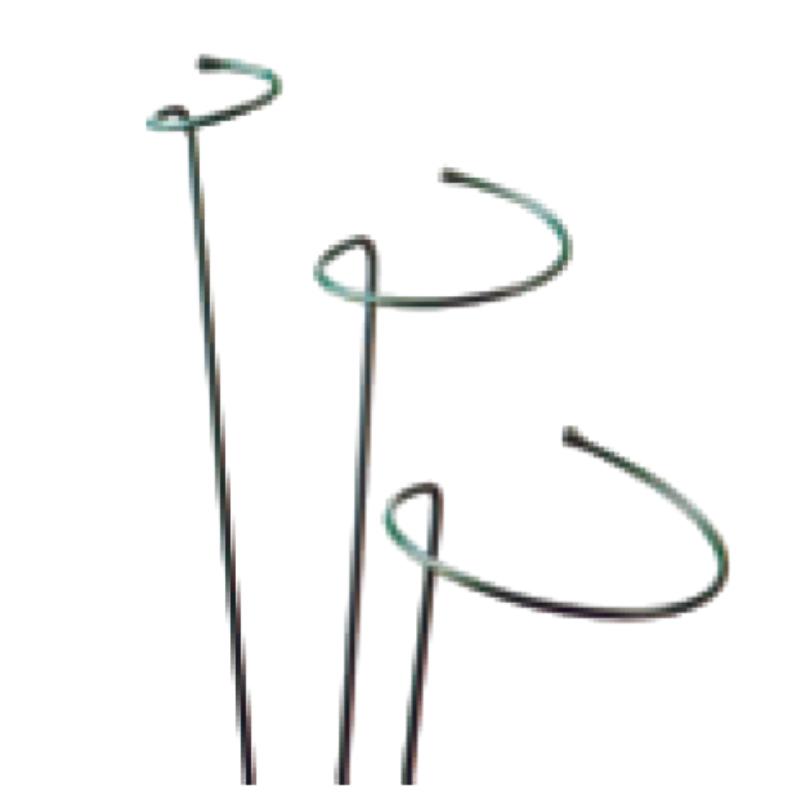-
E-mail:zhao@hyliec.cn
-
Tlf.:+86 311 85273988
-
WhatsAPP:8613931128750
-
 afrikansk
afrikansk -
 albansk
albansk -
 amharisk
amharisk -
 arabisk
arabisk -
 armensk
armensk -
 aserbajdsjansk
aserbajdsjansk -
 baskisk
baskisk -
 hviderussisk
hviderussisk -
 bengalsk
bengalsk -
 bosnisk
bosnisk -
 bulgarsk
bulgarsk -
 catalansk
catalansk -
 Cebuano
Cebuano -
 korsikansk
korsikansk -
 kroatisk
kroatisk -
 tjekkisk
tjekkisk -
 dansk
dansk -
 hollandsk
hollandsk -
 engelsk
engelsk -
 Esperanto
Esperanto -
 estisk
estisk -
 finsk
finsk -
 fransk
fransk -
 frisisk
frisisk -
 galicisk
galicisk -
 georgisk
georgisk -
 tysk
tysk -
 græsk
græsk -
 Gujarati
Gujarati -
 haitisk kreol
haitisk kreol -
 hausa
hausa -
 hawaiiansk
hawaiiansk -
 hebraisk
hebraisk -
 Nix
Nix -
 Miao
Miao -
 ungarsk
ungarsk -
 islandsk
islandsk -
 igbo
igbo -
 indonesisk
indonesisk -
 irsk
irsk -
 italiensk
italiensk -
 japansk
japansk -
 javanesisk
javanesisk -
 Kannada
Kannada -
 kasakhisk
kasakhisk -
 Khmer
Khmer -
 rwandisk
rwandisk -
 koreansk
koreansk -
 kurdisk
kurdisk -
 kirgisisk
kirgisisk -
 TB
TB -
 latin
latin -
 lettisk
lettisk -
 litauisk
litauisk -
 luxembourgsk
luxembourgsk -
 makedonsk
makedonsk -
 Malgashi
Malgashi -
 malaysisk
malaysisk -
 Malayalam
Malayalam -
 maltesisk
maltesisk -
 Maori
Maori -
 Marathi
Marathi -
 mongolsk
mongolsk -
 Myanmar
Myanmar -
 nepalesisk
nepalesisk -
 Norsk
Norsk -
 Norsk
Norsk -
 occitansk
occitansk -
 Pashto
Pashto -
 persisk
persisk -
 Polere
Polere -
 portugisisk
portugisisk -
 Punjabi
Punjabi -
 rumænsk
rumænsk -
 Russisk
Russisk -
 samoansk
samoansk -
 skotsk gælisk
skotsk gælisk -
 serbisk
serbisk -
 engelsk
engelsk -
 Shona
Shona -
 Sindhi
Sindhi -
 singalesiske
singalesiske -
 slovakisk
slovakisk -
 slovensk
slovensk -
 Somali
Somali -
 spansk
spansk -
 sundanesisk
sundanesisk -
 Swahili
Swahili -
 svensk
svensk -
 Tagalog
Tagalog -
 tadsjikisk
tadsjikisk -
 Tamil
Tamil -
 tatarisk
tatarisk -
 Telugu
Telugu -
 Thai
Thai -
 tyrkisk
tyrkisk -
 turkmenske
turkmenske -
 ukrainsk
ukrainsk -
 Urdu
Urdu -
 Uighur
Uighur -
 usbekisk
usbekisk -
 vietnamesisk
vietnamesisk -
 walisisk
walisisk -
 Hjælp
Hjælp -
 Jiddisch
Jiddisch -
 Yoruba
Yoruba -
 Zulu
Zulu
Metal Plant Supports
What Is The Support Structure Of A Plant?
The support structure of a plant refers to the system of tissues and organs that provide stability and enable the plant to maintain an upright position. This support structure includes several key components:
1. Cell walls: The rigid cell walls of plant cells provide structural support, especially in non-woody plants. The cell walls help maintain the shape and rigidity of the plant's cells, contributing to its overall structure.
2. Stems: Stems play a crucial role in supporting the plant and providing a framework for the attachment of leaves, flowers, and reproductive structures. The stems also facilitate the transport of water, nutrients, and sugars throughout the plant.
3. Roots: The root system anchors the plant in the soil, providing stability and support. Additionally, roots absorb water and nutrients from the soil, contributing to the overall health and growth of the plant.
4. Vascular tissues: Xylem and phloem are specialized tissues that form the plant's vascular system. Xylem transports water and minerals from the roots to the rest of the plant, while phloem transports sugars and other organic compounds to various parts of the plant.
5. Specialized structures: Some plants have specialized support structures, such as tendrils, thorns, or aerial roots, which aid in climbing, attachment, or additional support.
The combination of these structural elements allows plants to maintain their shape, withstand environmental forces, and support essential physiological processes.
Iron Plant Supports Faq
What are the benefits of using iron plant supports?
Iron plant supports offer durability and strength, making them suitable for providing robust support for heavy or sprawling plants. They can withstand the weight of mature plants and help maintain their shape and structure.
What types of plants are best supported by iron plant supports?
Iron plant supports are well-suited for providing support to a wide range of plants, including peonies, roses, delphiniums, and other tall or heavy-flowering perennials. They can also be used for supporting climbing plants such as clematis or sweet peas.
How should iron plant supports be installed?
Iron plant supports should be installed firmly in the ground to ensure stability. When supporting individual plants, place the support structure around the plant early in the growing season, allowing the plant to grow into and around the support naturally.
Are there different styles and designs of iron plant supports available?
Yes, iron plant supports come in various styles and designs, including hoop supports, grid supports, and individual stakes. These different designs cater to the specific needs of different types of plants and can provide effective support while enhancing the visual appeal of the garden.
How can iron plant supports be maintained?
To maintain iron plant supports, periodically inspect them for signs of rust or corrosion, especially if they are exposed to the elements. If rust is present, it can be removed using a wire brush, and the supports can be treated with a rust-resistant coating or paint to prolong their lifespan.






